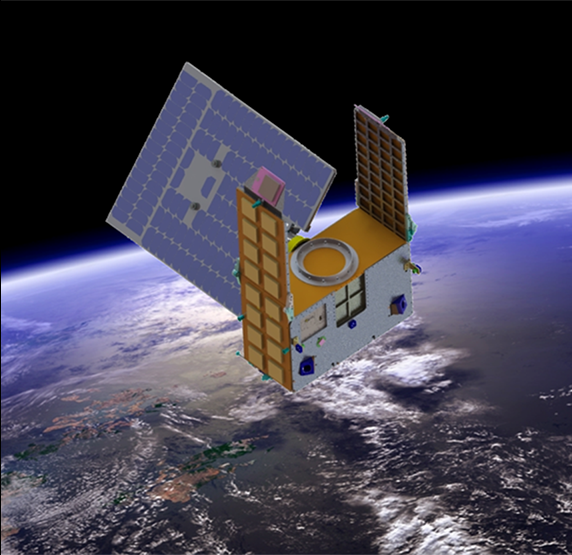
Sewage Treatment
Originally published in 1984
Body
In the early 1970's, National Space Technology Laboratories discovered that water hyacinths literally thrive on sewage; they absorb and digest nutrients and minerals from wastewater, converting sewage effluents to clean water. They offer a means of purifying water at a fraction of the cost of a conventional sewage treatment plant, and provide a bonus value in byproducts. Hyacinths must be harvested at intervals; the harvested plants are used as fertilizers, high-protein animal feed and a source of energy. Already serving a number of small towns, the aquaculture" technique has significantly advanced with its adoption by a major U.S. city."
Full article: http://hdl.handle.net/hdl:2060/20020091873
Abstract
In the early 1970's, National Space Technology Laboratories discovered that water hyacinths literally thrive on sewage; they absorb and digest nutrients and minerals from wastewater, converting sewage effluents to clean water. They offer a means of purifying water at a fraction of the cost of a conventional sewage treatment plant, and provide a bonus value in byproducts. Hyacinths must be harvested at intervals; the harvested plants are used as fertilizers, high-protein animal feed and a source of energy. Already serving a number of small towns, the aquaculture" technique has significantly advanced with its adoption by a major U.S. city."

Sewage Treatment

Sewage Treatment













